Nanotech Upgrades Dressings to Fight Infection
Discover how the creation of a nanofibre-coated cotton dressing could help heal wounds and reduce the prevalence of drug-resistant bacteria.
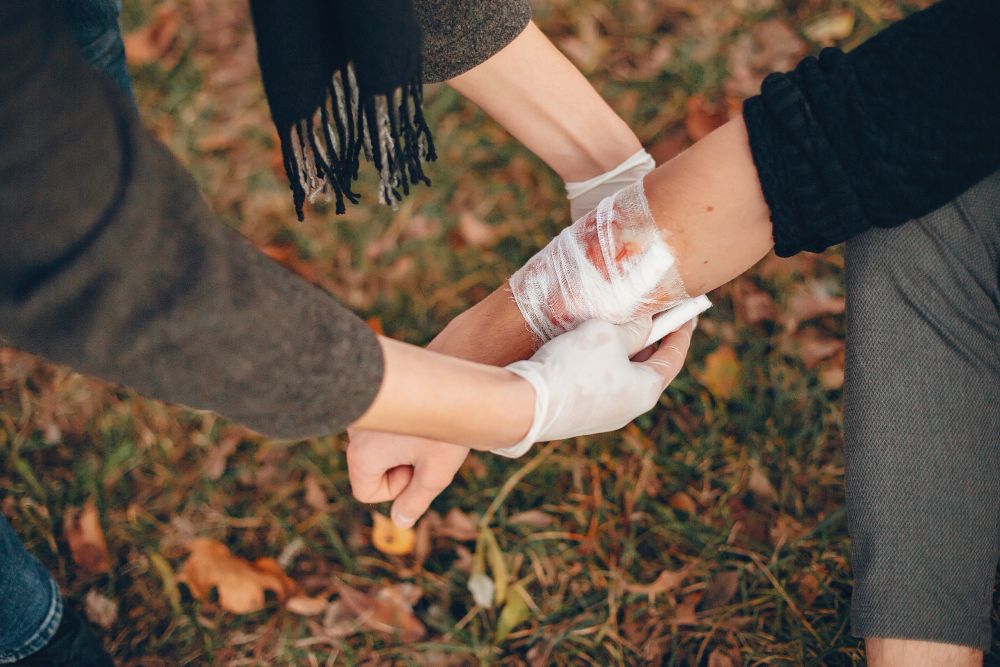
Nanomaterial researchers have made a significant discovery that could help combat multidrug-resistant bacteria and speed up the healing of wounds with a new kind of dressing.
Due to its low cost, comfort, biodegradability, and ease of raw material sourcing, cotton gauze is the most common wound cover available. However, without providing any additional healing benefits, they do little to fight infection beyond acting as a physical barrier and are powerless in combating multidrug-resistant bacteria.
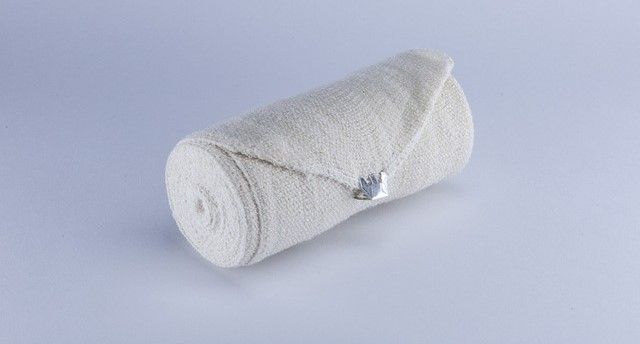
“Cotton alone cannot provide an answer for these complications – it needs to be biofunctionalized,” observes Mohsen Alishahi, a doctoral student at the NanoFibers and NanoTextiles (NanoFibTex) Laboratory and a lead researcher on the nanofibre coating’s creation.
By teaming up with scientists from other disciplines, the team, based at Cornell University in New York State, have utilised the antimicrobial and antioxidant qualities of the plant compound lawsone to make nanofiber-coated cotton bandages. The team’s goal was based on creating materials that were both sustainable and able to provide further healing benefits, such as drug delivery.
Their understanding of how altering materials at the nanoscale can provide antimicrobial properties led them to study the chemical lawsone (also known as hennotannic acid), a red-orange compound found in henna leaves. Commonly used as a natural dye, lawsone was already known to possess antioxidant and anti-inflammatory abilities, however, through the application of nanotechnology, the research team has now found a way to further enhance these traits while overcoming the raw material’s drawbacks. Namely that it is not easily dissolved in a solution and is not immediately absorbed by the body.
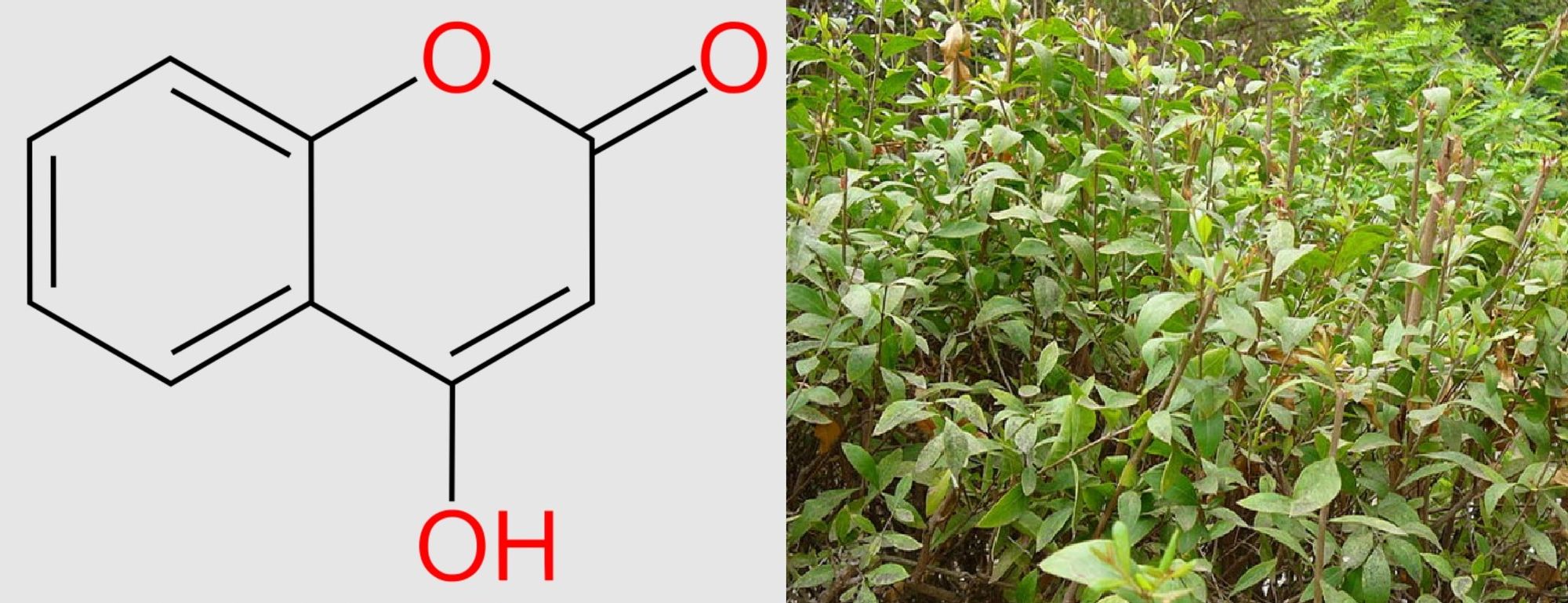
“To overcome these limitations, the team used cyclodextrins, a family of natural oligosaccharides produced from starch, to create an inclusion compound, binding the lawsone molecules within the cyclodextrin,” explains the Cornell Chronicle report on the breakthrough. “They then used electrospinning equipment to produce a uniform nanofibrous coating from the lawsone-cyclodextrin solution, capturing it on a nonwoven cotton pad.”
The inclusion of cyclodextrin (which boosts the solubility of the lawsone) and the high surface-to-volume ratio of the nanofibrous system the experimental dressing showed much stronger antioxidant activity, with tests revealing much faster wound healing when compared to dressings made from pure lawsone.
Specifically, the study, now published in the International Journal of Pharmaceutics, found that, “… antibacterial assays demonstrated the complete elimination of Escherichia coli and Staphylococcus aureus colonies. The CD/lawsone nanofibers also showed suitable antioxidant activity ranging from 50 % to 70 %.” Adding that, “The nanofibers exhibited ∼100 % loading efficiency of lawsone and its rapid release upon dissolution.”
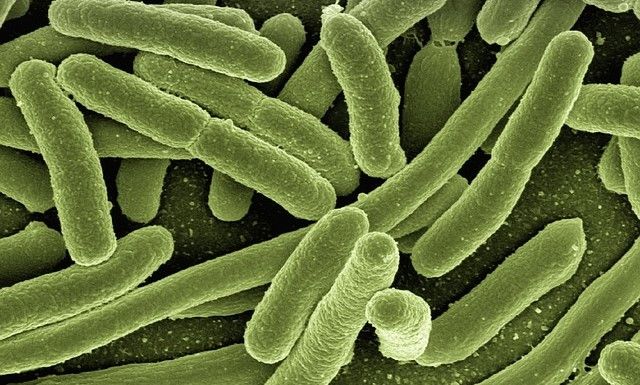
“The prolonged overuse of synthetic antibiotics in high concentrations has contributed to the rise of the deadly epidemic of multidrug-resistant microbes,” explains Uyar. “So, the use of natural and potent anti-bacterials such as lawsone may serve as an alternative to synthetic anti-bacterials.”
“Wound dressings should provide a suitable environment for facilitating healing and preventing infection,” adds Alishahi. “Using totally natural materials such as cotton, cyclodextrin and lawsone, this dressing can facilitate both as it has comprehensive antioxidant and anti-bacterial activity.”
Drug-resistant bacteria pose a significant threat to public health worldwide due to their ability to survive and multiply in the presence of antibiotics, making infections caused by them difficult to treat. This can lead to prolonged illness, increased healthcare costs, and in severe cases, death.
One of the most concerning aspects of these so-called ‘super bugs’ is their ability to spread rapidly within healthcare settings, such as hospitals and nursing homes, creating outbreaks of infection that are difficult to control and contain.
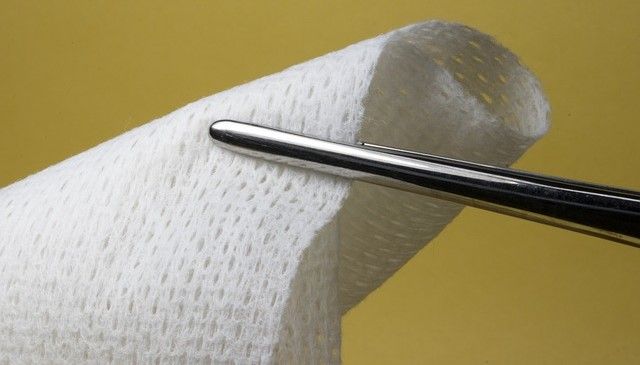
The researchers hope that the application of nanotechnology in hospital wound dressings could help alleviate this risk as well as improve health outcomes for individual patients.
“I am familiar with the complications patients face due to the lack of suitable dressings,” says Alishahi, drawing on her experience working in a burn- and wound-healing research centre. “My ultimate goal is to develop a dressing that can overcome these difficulties for them. This work opens doors to creating medical textiles that are good for the environment and great for healing.”
All possible with the aid of nanotechnology.
Other articles on this topic include:
· Nanocoating Combats Bacteria on Farm and Food Processing Steel
· Stronger, Low-Cost Carbon Fibres Made with Nanomaterial Process
· Polymer Know-How for Stimuli Responsive Fabric
Photo credit: Heungsoon on Pixabay, Gerd Altman, Wikimedia, Heungsoon, Wikimedia, & Prostooleh on Freepik

